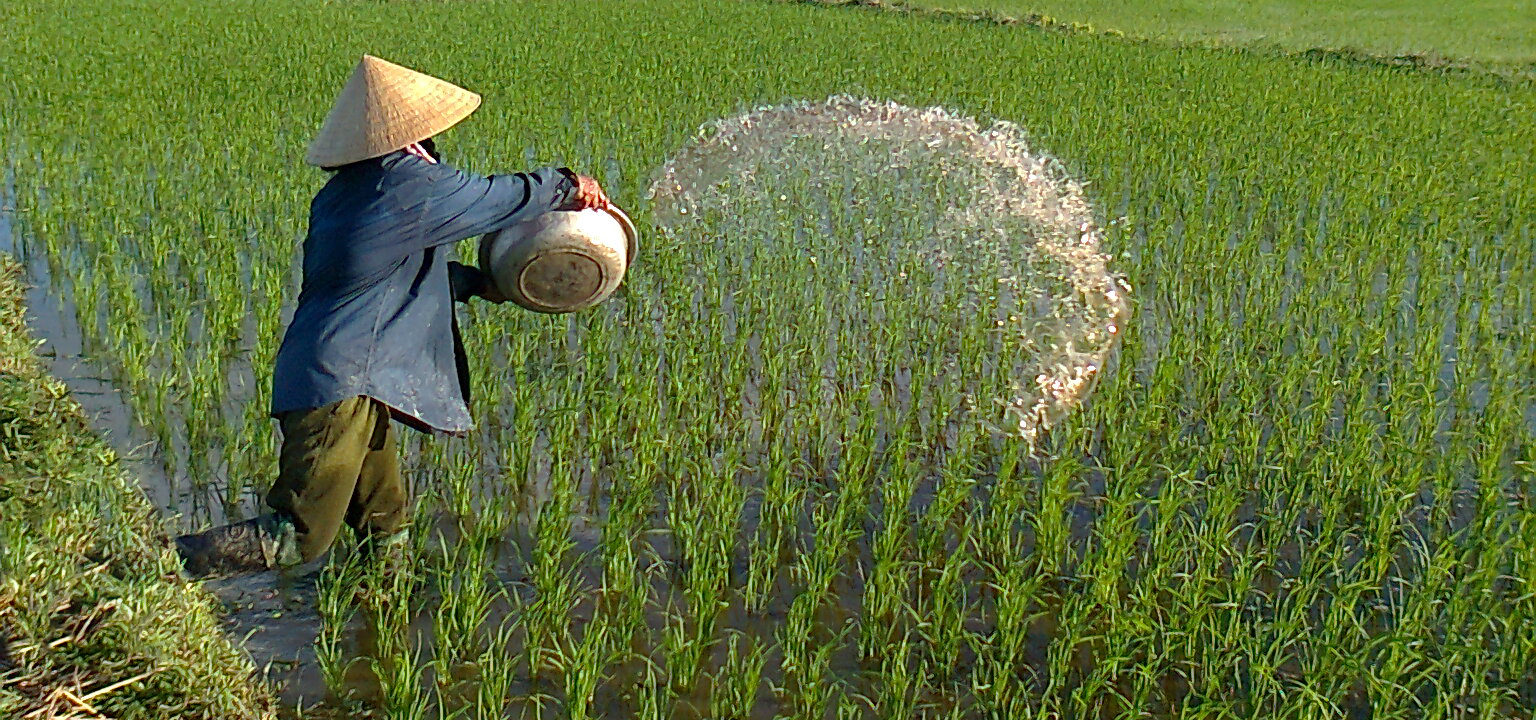
VAUDE has been climate neutral on a global level since January 1, 2022. The German pioneer in sustainability achieved this milestone by focusing not only on consistently reducing its own CO2 emissions, but also by compensating for climate-damaging emissions. VAUDE Experience explains how the interaction works.
For VAUDE’s Managing Director, Antje von Dewitz, one thing is clear: “Climate protection needs to be put at the top of the priority list.” That’s why she engages actively within her company and calls on others to join her:
“We have to do everything in our power to take action and preserve our planet!”
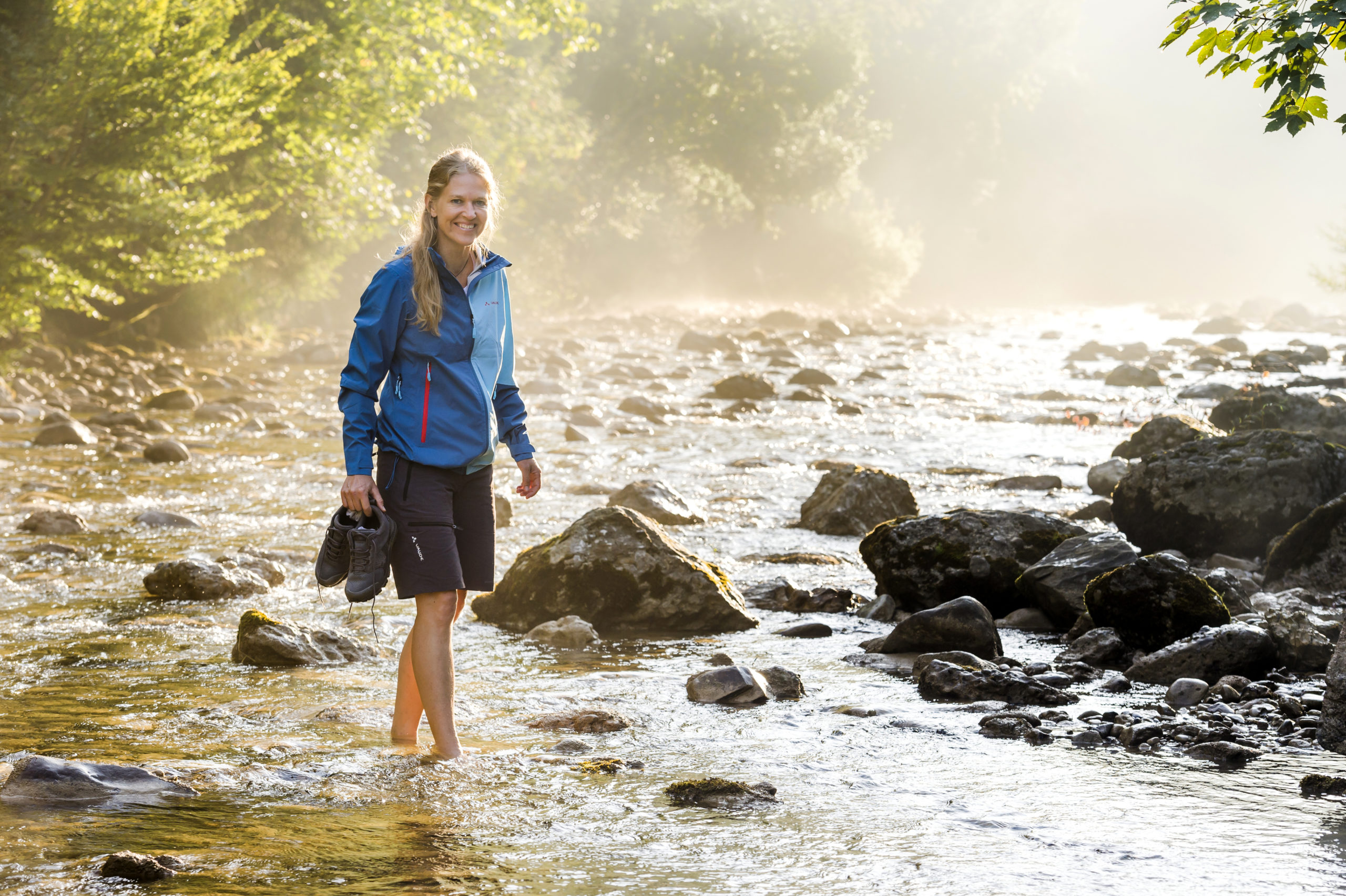
“We want to do our part to limit man-made global warming to 1.5 degrees. This goal is the starting point of all our efforts,” explains Hilke Patzwall, Senior Manager for Sustainability and Corporate Responsibility. To achieve this goal, VAUDE joined the international “Science Based Targets” initiative in 2019, which is supported by the renowned WWF and others. Instead of just conjecturing, the initiative and VAUDE are committed to determining climate targets and measures aimed at reducing greenhouse gas emissions on a scientific basis.
In concrete terms, this means VAUDE plans to:
- Reduce absolute emissions of direct greenhouse gases (“Scope 1 emissions”, e.g. those from its Made in Germany manufacturing, the vehicle fleet, etc.) by 30 percent by 2026 compared to 2019 levels.
- Continue to use 100 percent renewable energies for electricity (“Scope 2 emissions” at its German company site).
- Reduce absolute emissions of indirect greenhouse gases (“Scope 3 emissions”, e.g. the energy consumption needed for materials and their production) by 50 percent by 2030 compared to 2019 levels.
High investments are necessary in order to achieve these ambitious goals within these short time frames. VAUDE has therefore decided to reallocate its corporate budget. “Climate before advertising” is the internal motto, which means nothing other than cutting spending on advertising and investing in climate protection. The funds for compensation payments, plus a figure at least equal to that for measures aimed at reducing emissions, will be taken from the marketing budget.
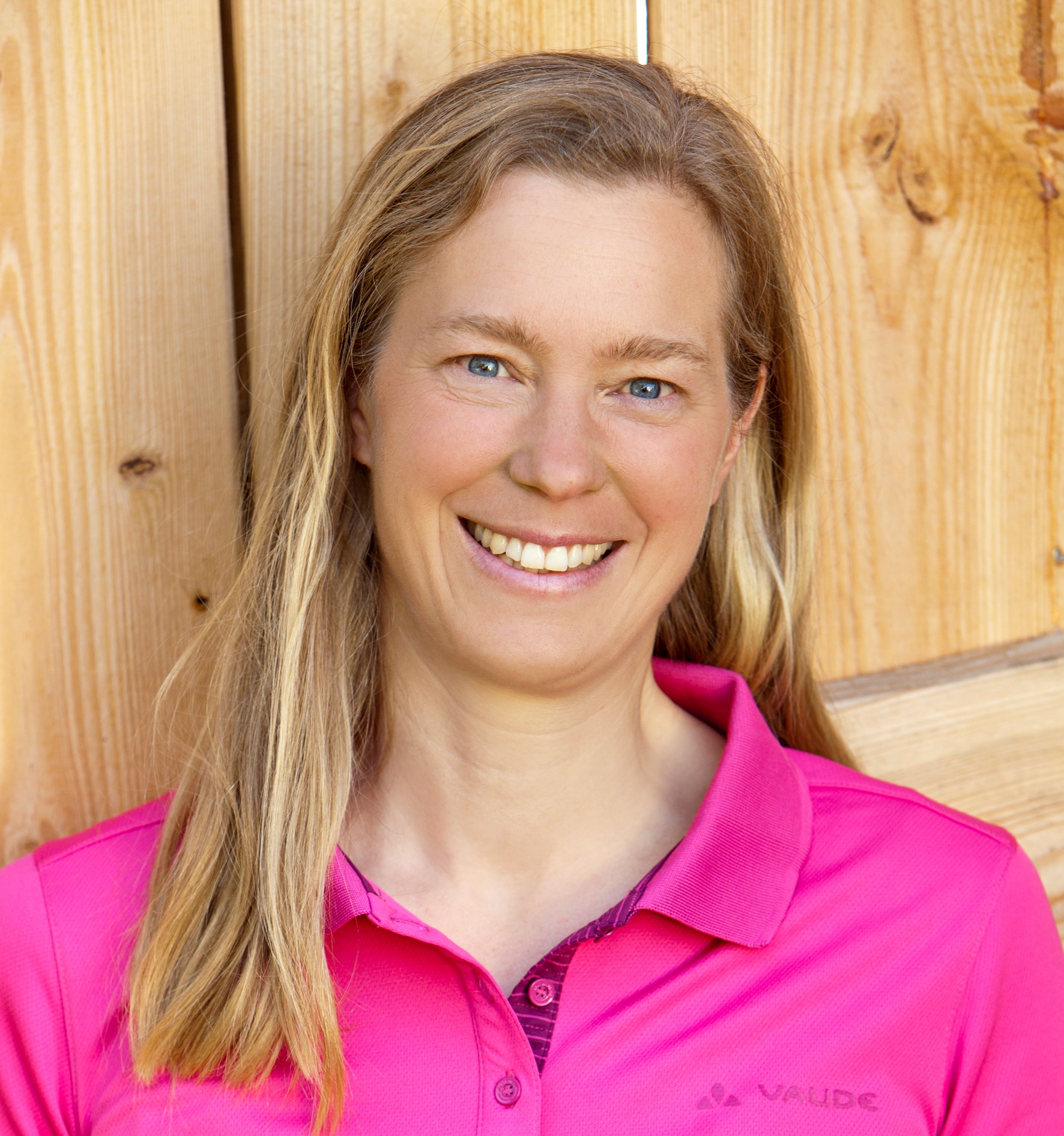
What exactly does climate neutral mean?
Before reducing or compensating for emissions that adversely affect the earth’s climate, a company must first know which and how much of these it emits. After all, measurability is an integral guiding principle for science-based action. Since not only CO2 but also other gases have an impact on our global climate, the matter quickly becomes complex. This is one of the reasons why the unit of CO2 equivalent (CO2e) has become established as an international benchmark, into which other harmful climate gases such as methane are converted. VAUDE works together with the international non-profit organization myclimate for the accounting that’s needed and the subsequent offsetting. The company measures its resource consumption and reports its figures to myclimate. Based on this, the organization calculates VAUDE’s corporate carbon footprint as a CO2 equivalent. This value forms the scientific basis for all future reduction and compensation measures. The lower it is, the better – both for the earth’s climate, and for the company’s finances, because for every ton of CO2e produced, VAUDE makes a payment to myclimate. The organization uses this money to finance measures that reduce the emission of greenhouse gases and, at the same time, improve the quality of life of the people in the project areas. The measures taken are evaluated in accordance with a variety of standards, of which the Gold Standard is the highest. Anyone who completely offsets their CO2e is considered climate neutral.

Did you already know that VAUDE has been measuring all consumption at its German company location in Tettnang for 10 years and has been climate-neutral there since 2012 – including all products manufactured in its own factory? Since 2019, the company has also been comprehensively documenting material consumption for all of its products and the energy consumption of its most important material manufacturers.
Measure, reduce, compensate – a triad for climate neutrality
Once a company’s CO2 equivalents have been determined, the next step is to reduce its carbon footprint by making reductions. Compensation payments are made for what cannot (yet) be reduced. However, the reduction target has priority. VAUDE has done a lot in the last ten years – especially at its company headquarters in Tettnang-Obereisenbach (Germany) – to improve its overall climate balance, says Patzwall. This includes, for example, the transition to 100 percent green electricity, 100 percent recycled paper, an organic canteen and the elimination of resource consumption of all kinds wherever possible. A special feature is also the in-house mobility concept.
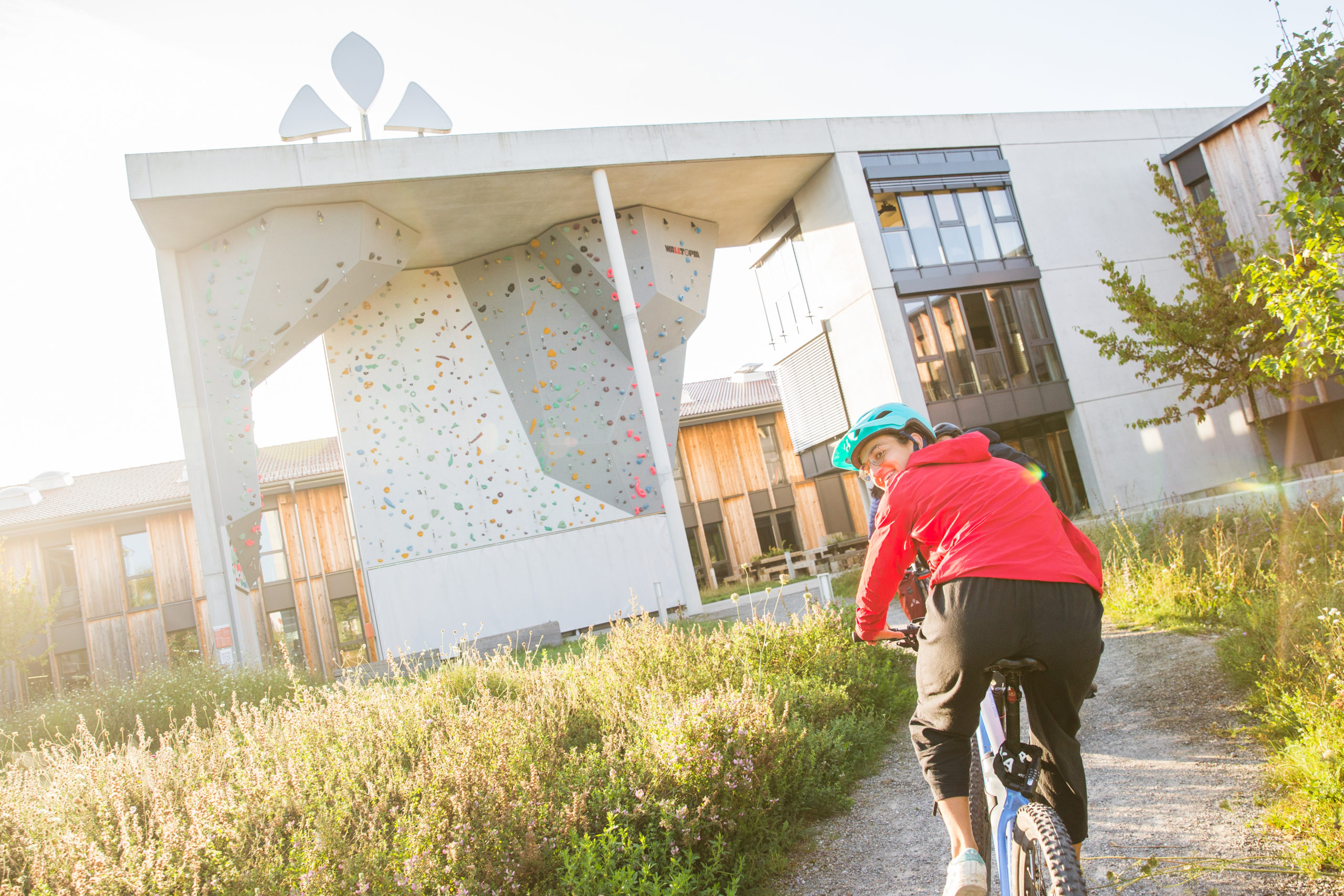
The company relies on rail travel for business trips, is increasing its use of e-mobility for its vehicle fleet and offers employees incentives to switch to using a bike for transportation, including leasing and a loan pool. However, the mobility issue also shows where the challenges lie for a company that takes a holistic view of its environmental balance sheet: “Despite our commitment to e-mobility, we still use diesel vehicles for our mobile sales force, for example. We will complete our transition in the next few years. And when it comes to mobility, we won’t make any progress without a genuine, large scale transportation revolution,” Patzwall openly admits, adding: “Renewable energies are another key. We can’t do it without them, which is why the energy system transformation is so unbelievably important for protecting our planet. This also applies to e-mobility which is only as green as the electricity that’s used to charge it.”

Clean energy from waste: a Gold Standard compensation program in Vietnam
In order to further reduce emissions and resource consumption throughout the company, VAUDE is currently addressing two issues in particular that offer high savings potential. The company is looking at both the materials it uses and emissions in the supply chain.
“By 2024, at least 90 percent of all VAUDE products will have a biobased or recycled material content of more than 50 percent,”
explains Patzwall regarding the company’s specific climate target. This is because the use of renewable raw materials or the recycling of materials conserves fossil resources and significantly reduces CO2 emissions in material production. In order to reduce the emissions of its supplier companies as well, VAUDE has committed itself to a long-term four-step model:
- Raise awareness for climate protection
- Provide support for measuring consumption
- Develop an energy management system together with suppliers
- Switch to regenerative energy sources as quickly as possible.
This model is being implemented as part of an empowerment program with suppliers. In addition, VAUDE relies on alliances within the industry and, of course, on setting the political course for a worldwide energy revolution. Without these alliances, the Scope 3 reductions to which VAUDE has committed itself cannot be achieved. “Climate protection is a team sport – we can only win the race against climate change together! ” says Patzwall.
However, it is also clear that cutting emissions down to zero is not yet possible for a manufacturing company. They arise from raw material extraction, material production and transport. “That’s why compensation is currently still an important part of any climate neutrality strategy. In the long term, however, the goal is net zero,” says Patzwall.
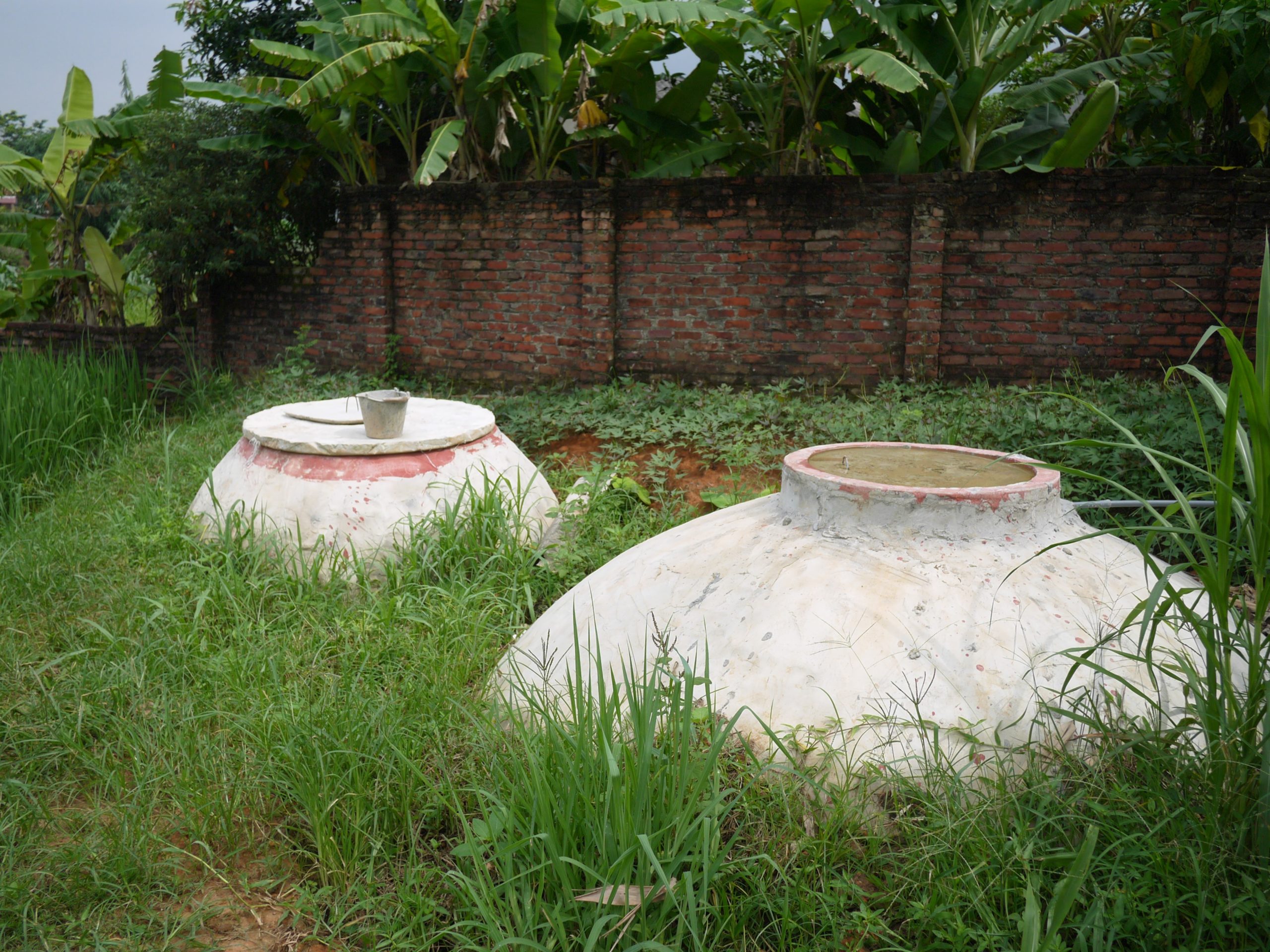
But what exactly does compensation look like?
“As a matter of principle, we only compensate in accordance with the Gold Standard. These projects not only make an active contribution to fighting the climate crisis, but also help to improve living conditions in the project areas,” says Patzwall. The Gold Standard is not defined by our myclimate project partner or by VAUDE as an offsetting company. It was created in 2003 by the WWF and other nature conservation organizations and is based on the Clean Development Mechanism laid down in the Kyoto Protocol as well as the Sustainable Development Goals (SDG) of the United Nations. VAUDE has no influence on the design of offset projects developed by myclimate based on the Gold Standard. However, the company can choose in which project it offsets. For example, VAUDE has been supporting a measure in Vietnam with its contributions since 2021, which helps to generate clean energy from waste.
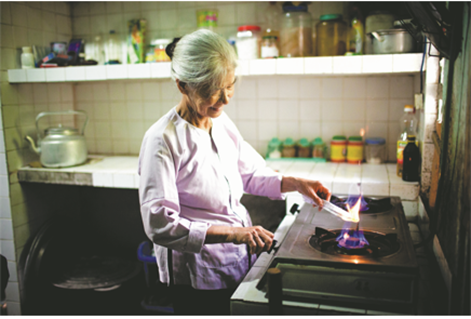
“Vietnam is close to our heart!”
In addition to its Gold Standard requirements, a project’s location has the highest priority in the selection of the measures we choose. Patzwall explains the choice of the current offset project with conviction: “We always offset in accordance with the Gold Standard and we want to offset where we produce. We have always had a special connection to Vietnam as a long-standing and important production location. Even more so since our company founder Albrecht von Dewitz founded his own production facility there in 2008 with VAUDE Vietnam. Vietnam is close to our heart!”
The actual project takes place primarily in the rural, agricultural regions of the Southeast Asian country. In the predominant small-scale farms there, wood and dung are the main sources of energy for cooking and heating, which had been primarily done with open, inefficient and sooty cooking stoves. The emissions from these stoves pollute the air and harm the respiratory tracts of the people living there. Moreover, the collection of firewood is usually the task of women and children, who have to spend a great deal of time on this arduous work. Last but not least, the use of wood as a fuel pollutes the ecosystem through deforestation and erosion, and the earth’s atmosphere loses a valuable CO2 reservoir.
The myclimate project addresses all of these points. Together with the Vietnamese Ministry of Agriculture and Rural Development and the Dutch non-governmental organization SNV, 200,000 local biogas plants are being built in rural areas, in which kitchen and toilet waste as well as animal dung are decomposed into a renewable gas, which is then piped to the connected houses where it serves as a clean fuel and energy source. The residual materials from the plants can be used as fertilizer on the fields.
Did you already know that the myclimate Gold Standard project in Vietnam has led to the conservation of more than 15,000 hectares of forest since its start?
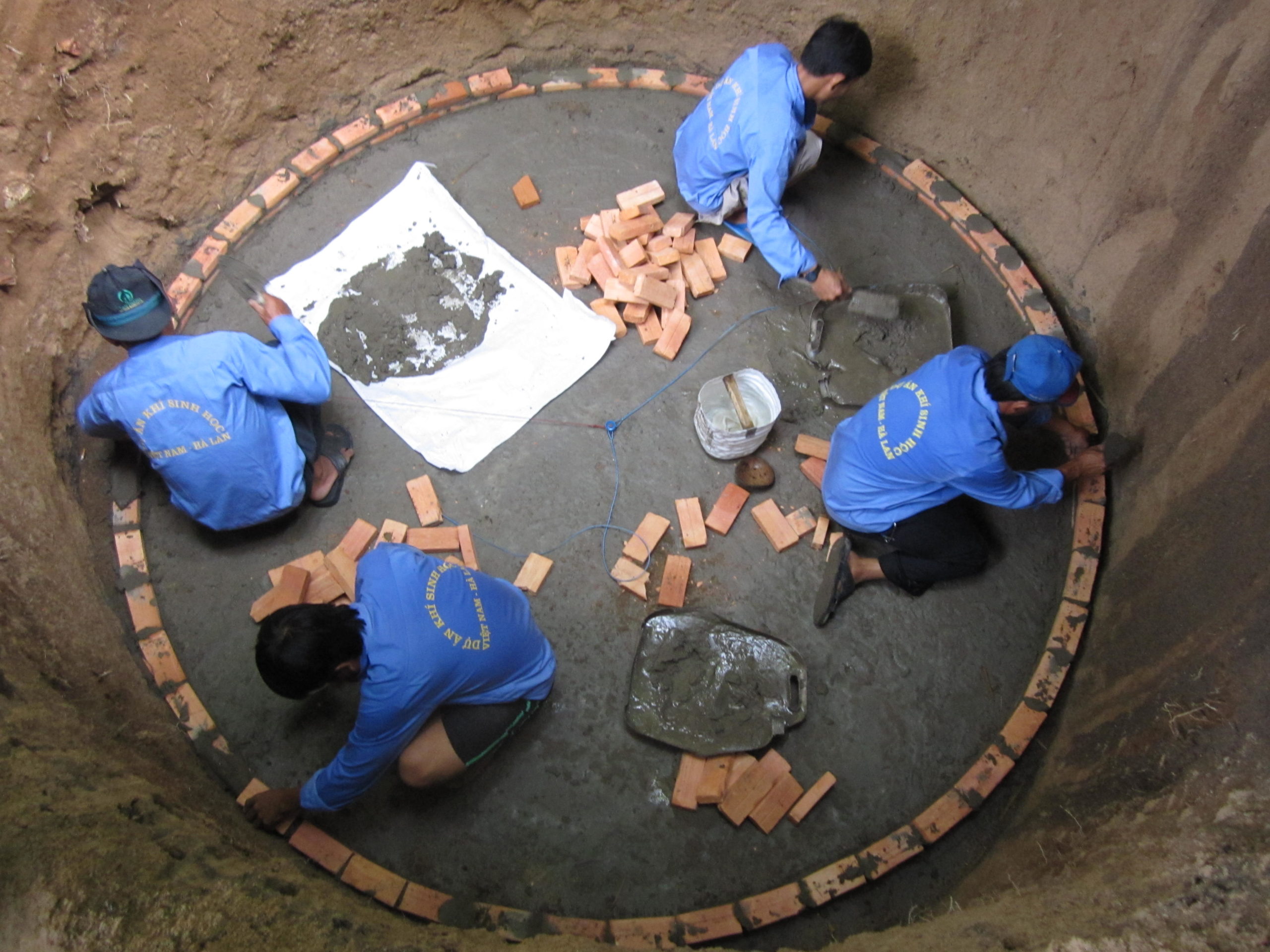
The positive effects are enormous.
According to myclimate, this project achieves eleven Sustainable Development Goals (SDGs, see above). Energy production in 2019 was over 166 million-kilowatt hours, reducing emissions by about three million tons of CO2 since the start of the program. Over 15,000 hectares of forest have been saved from being cleared. More than 850,000 people have benefited from 60 percent lower energy costs, nearly 3,000 found new jobs building and maintaining the plants, and more than 60 percent of households in the project regions have eliminated the use of chemical fertilizers. “Unlike what happens for some European biogas plants, absolutely no food is converted into gas,” Hilke Patzwall emphasizes, so there is no additional land consumption. The project therefore has nothing in common with the industrial biogas plants that have come under criticism in Central Europe in recent years because some energy crops are produced in monoculture for their operation and transported over hundreds of kilometers. The construction method is based on local traditions; the small plants are made of clay bricks and follow a typical local design. In addition, most of them are underground.
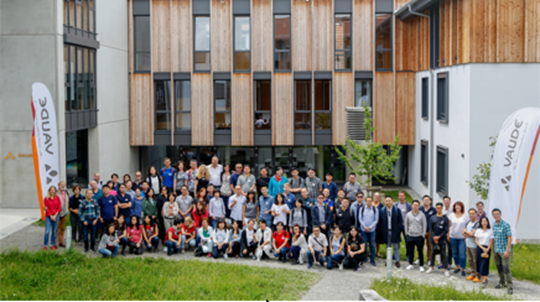
“Compensation is not a sale of indulgences”
In parts of Europe, compensation is nevertheless strongly condemned as a modern sale of indulgences, a “ransom” if you will. You’re buying the right to pollute, say the critics. But that’s not how it is, as Patzwall explains: “Offsetting is the right thing to do, and not a sale of indulgences, when it is one part of a comprehensive strategy. Science-based targets for reducing greenhouse gases go hand in hand with the right types of offsetting.” The Federal Environment Agency agrees. According to the agency, “Climate-conscious actions, such as flying less or eating fewer animal products, can eliminate or at least reduce emissions. For the remaining emissions, the final step is to compensate for them, also known as offsetting.”
However, the CSR manager is critical of compensation as a stand-alone solution. If the world continues to operate as it has in the past, and growth comes before everything else, even the best offsetting measures will be of little value. In its sustainability report, VAUDE therefore addresses the decoupling of growth and emissions as an essential prerequisite for climate neutrality. Hilke Patzwall puts the idea into words as follows: “We have to reduce the total amount of resource consumption and emissions, in absolute terms and not just relative to other indicators such as turnover or the number of employees.” And continues:
“Slowing the growth of harmful emissions will not help our planet’s climate. We need a genuine reduction and we urgently need an energy revolution. As long as we are still using fossil fuels, we have a problem. Moving away from this is the way forward .”
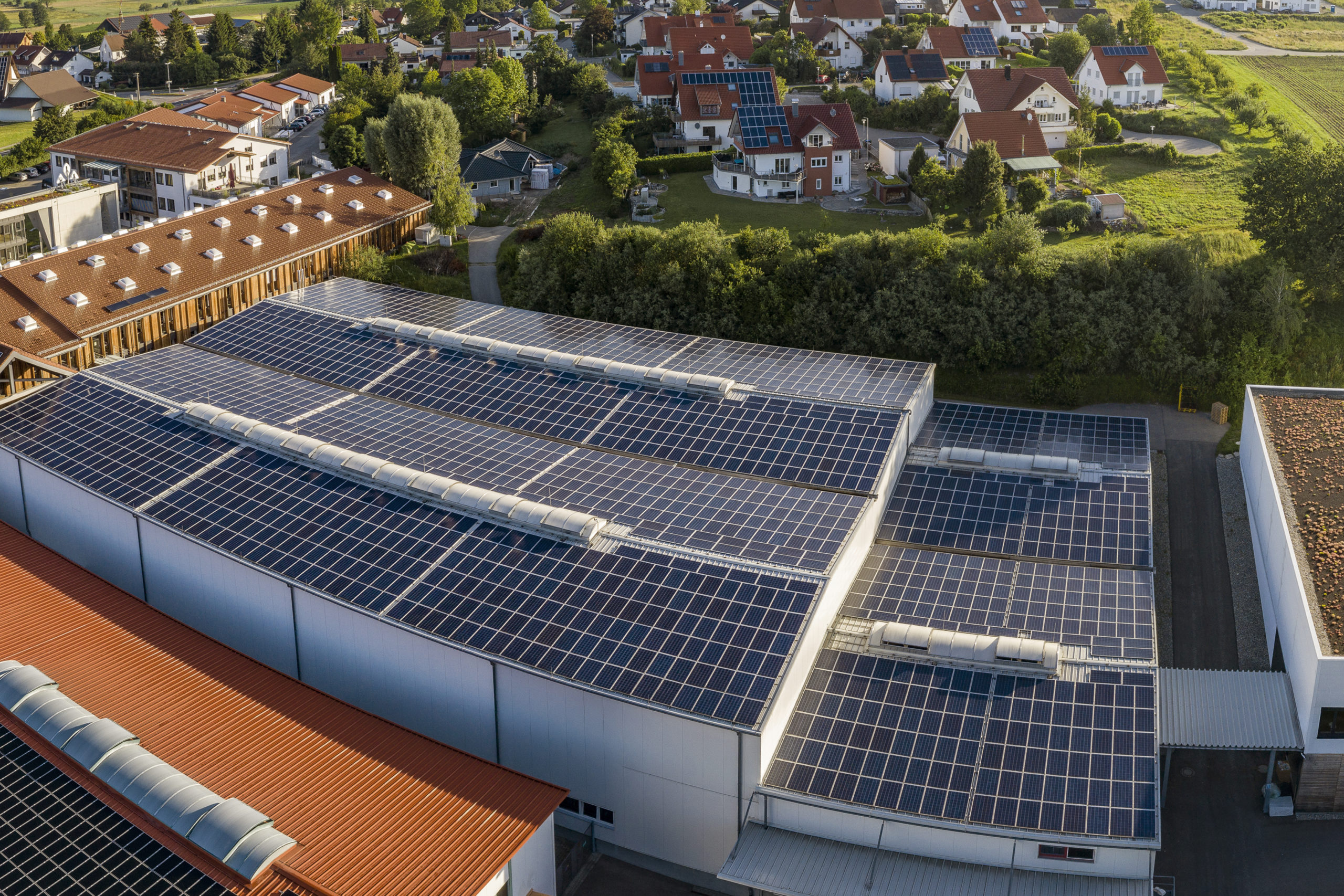
For further reading:
- As of 2022 VAUDE is climate neutral with all products!
- Climate-neutral management with science-based targets
- VAUDE carbon footprint 2020
- myclimate: Waste becomes biogas for small farmers in Vietnam


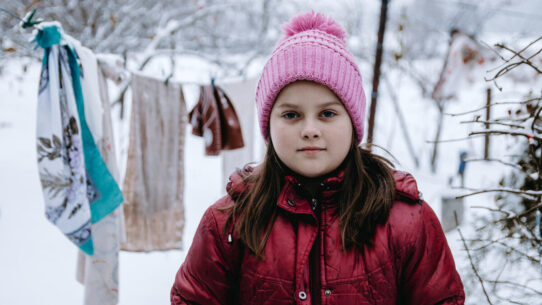
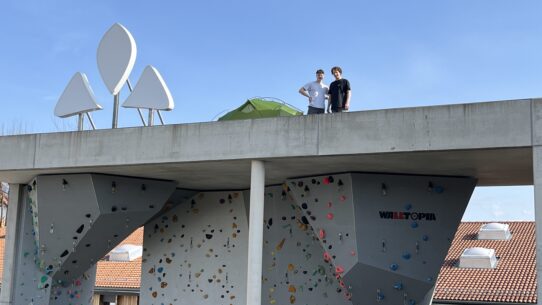
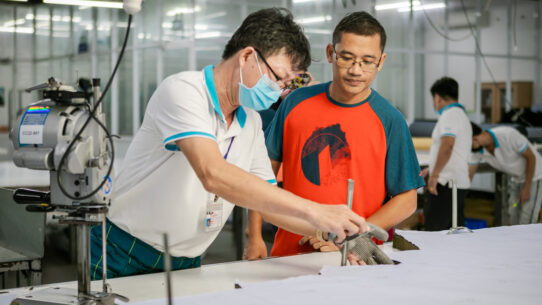
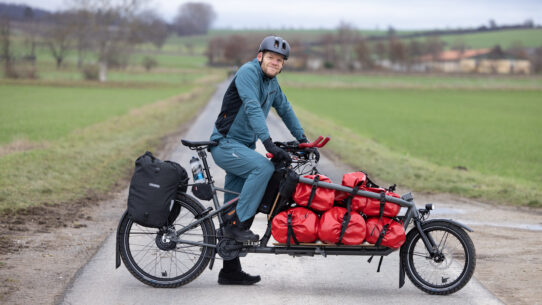
Comments